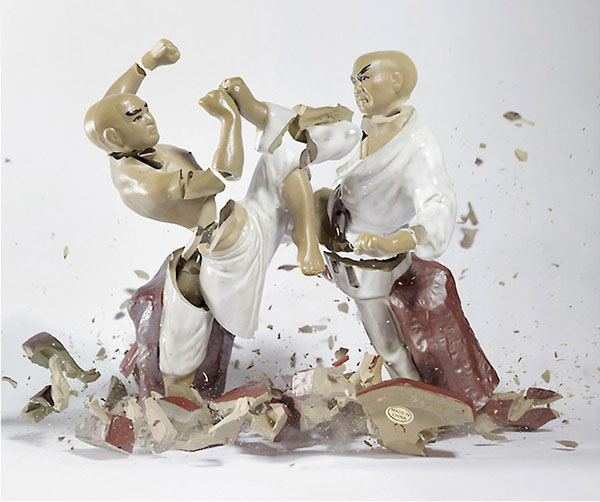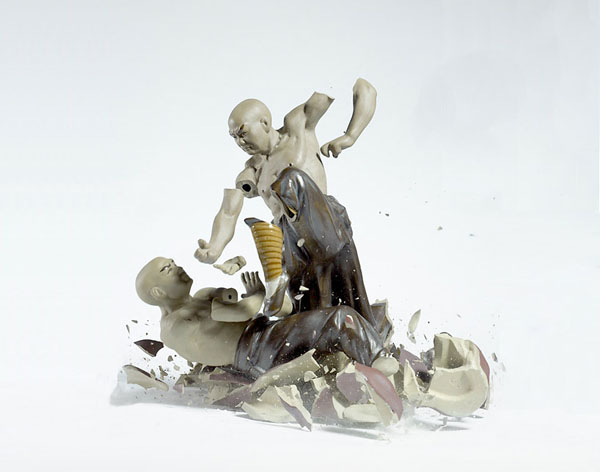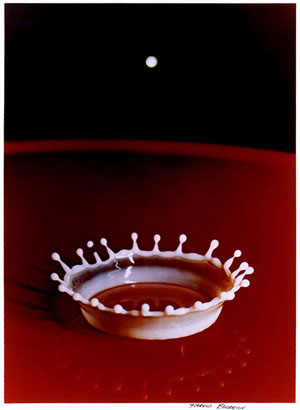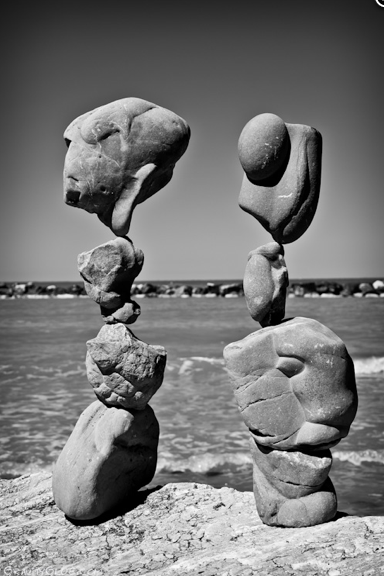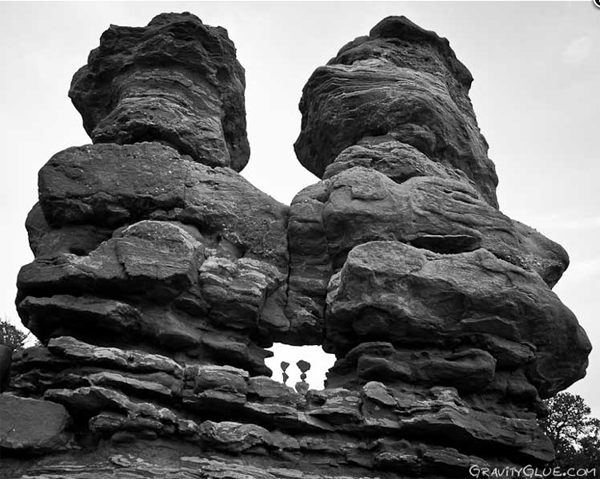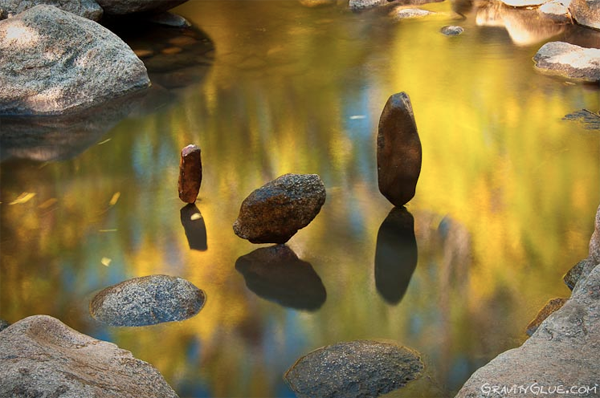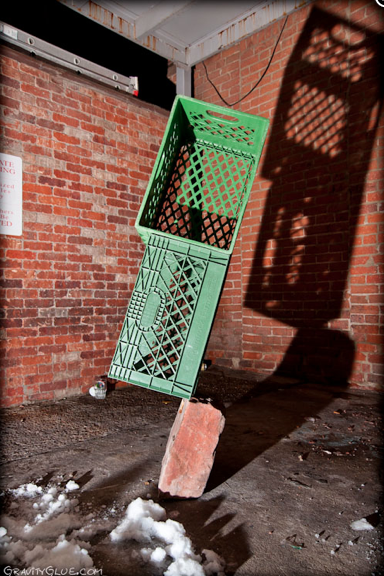This is a third episode of Smithereens part 1 & part 2 that I posted before going to New York.
_______________________________________________
Here are two artforms worth pondering together. They are joined by a tenuous leather shoulder strap, photography. Beyond that they’re as far separated as cloudscapes and rock bands. Even time gets weighted differently.
Martin Klimas, Germany
3crash by Martin Klimas via Empty Kingdom
In his work with Porcelain, Klimas uses a strobe light and a single camera frame; one chance of the figurine dropping and shattering. In his series Flowers, a spring-fired projectile bursts the base of the vase into a bedlam of fragmented pieces. In each photograph, Klimas shows the transformation of solid object into one that is in between, a temporary sculpture that comes together for a moment… via Foley Gallery
The figurines are dropped from three meters. The sound when they hit triggers a shutter release. Klimas gets one image per destruction — how the piece explodes is unique. His art is the photograph, a high-speed grab of a reality the eye couldn’t follow. I’m showcasing only martial-arts examples because I find them more emotionally complex. Perhaps if his single figurines were part of ceramics with two or more figures we’d have the pleasure of seeing them interact.
Of course it’s quite possible that the ceramics company doesn’t group non-combatants.
5crash by Martin Klimas
1crash by Martin Klimas
And the vases…
Breaking vase by Martin Klimas via his website
Breaking vase by Martin Klimas
_____________________________________________________________
Milk Coronet, 1957, by the father of split-second photography Harold Doc Edgerton via the Drawing Life blog
This blog seems to often look at artforms and artists for whom time is part of their media. Painters brush on pigments but in precious few paintings does the artist’s time spent at the easel say anything to the viewer. Invisible. Not so with images caught in splinters of time. Or across timespans, as in the light painting we’ve looked at. A trope of modern life is that we see things our forbearers couldn’t have. One nanosecond state as an object smashes. What light looks like when layered over more time than the eye can hold onto.
Self Portrait Cubism 1, 1987 by Vicki DaSilva via her website
_____________________________________________________________
Balanced rocks 2012-1211 by Michael Grab all photos here via Gravity Glue
Michael Grab, United States
Michael Grab began balancing rocks in 2008 and has developed phenomenal skills. He explains his work on his website Gravity Glue:
The most fundamental element of balancing in a physical sense is finding some kind of ‘tripod’ for the rock to stand on. Every rock is covered in a variety of tiny to large indentations that can act as a tripod for the rock to stand upright, or in most orientations you can think of with other rocks. By paying close attention to the feeling of the rocks, you will start to feel even the smallest clicks as the notches of the rocks in contact are moving over one another.
Parallel to the physical element of finding tripods, the most fundamental non-physical element is harder to explain through words. In a nutshell, I am referring to meditation, or finding a zero point or silence within yourself. Some balances can apply significant pressure on your mind and your patience. The challenge is overcoming any doubt that may arise.
It’s unusual for any practitioner — artist, baker, brake mechanic — to create a spiritual practice from their work. Grab is pretty convincing when he claims it. You sense the rare stillpoints he creates with rocks that are much more likely to tumble, the patience this demands, the inner sinew he builds as he begins again.
Balanced rocks 2012-1259
The sounds, Klimas’s and Grab’s. The sharp report of fired clay hitting floor, the ceaseless tonal fabric of wind and flowing stream. And when Grab’s camera catches racing water it blurs and softens it — his motionless sculptures sit in floods of time. The art of shutter-speed.
Some of Grab’s rock works seem anthropomorphic. Maybe not his intent, maybe it sometimes is. Where he positions them is part of his practice. Perched at the edge of a small rapids, framed by a massive rock sculpture that nature made.
Balanced rocks 2012-1049
Balanced rocks 2012-1342
All images are from his 2012 series, the numbering seems to have started at 1000. As you move through his portfolio — which I hope you will — you understand time as the canvas his thoughts and moods unfolded across.
Balanced rocks 2012-1240
It pleases me greatly to include this wonderful image from an artist at work. The art is in the balance, not the rocks.
Balanced objects 2012-1002
_____________________________________________________________
look further:
Martin Klimas
- Martin Klimas translates music by Mouse on Mars, Kraftwerk and Carl Orff into visuals via feature sh0ot
Michael Grab
- Please enjoy his rock-balancing videos such as Stone Poetry on YouTube
- NPR’s A Very, Very, Very Delicate Balance
Time and Imagery
- Motion in Stills via Drawing Life by Fred Hatt
- UC Berkeley’s Questioning Efficiency: Human Factors and Existential Phenomenology

